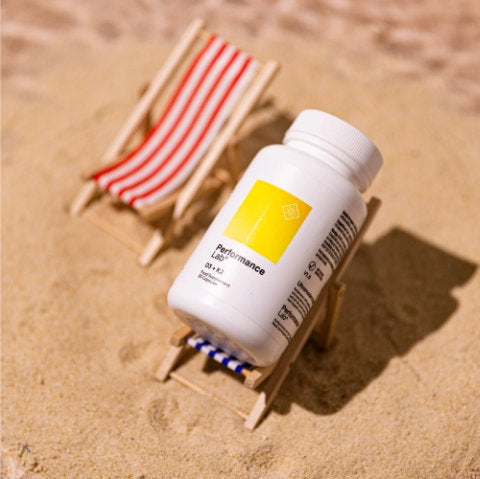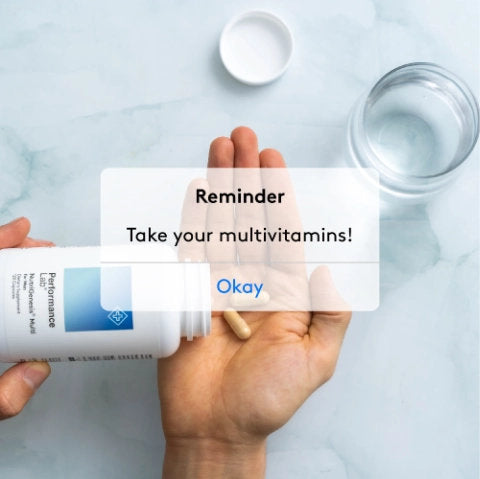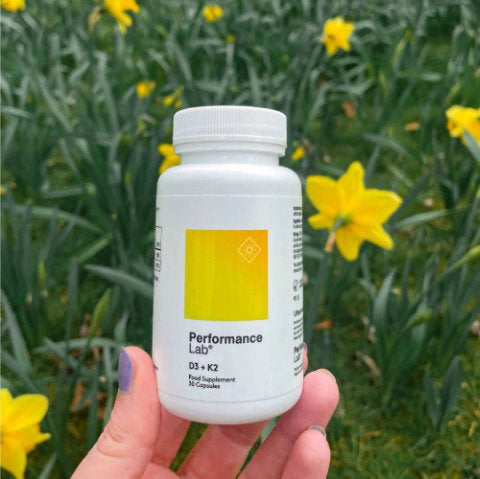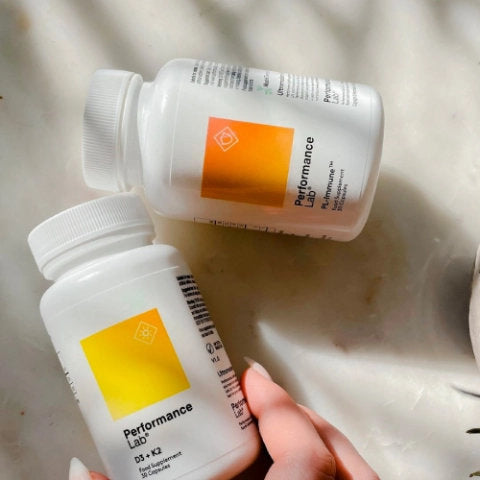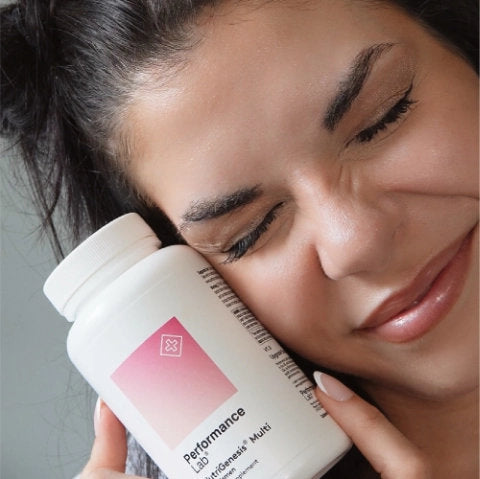We all know that being healthy takes work—you need to eat well, exercise, sleep, stress reduction, supplement where required, and the list goes on. But did you ever think that maybe some of your efforts to be healthy have some not-so-pleasant side effects?’
Vitamin D is essential for maintaining skin health. Still, there’s research showing that vitamin D supplements can result in hormonal acne for anyone who’s acne-prone—even if you weren’t struggling with it before.
If you’ve noticed you’re breaking out and can’t figure out what’s triggering it, it may be time to take a look at your supplements.
In this article, we’re diving into the link between vitamin D and acne and helping you understand how there is such a thing as too much of a good thing.
What Is Vitamin D?
Vitamin D is important—and when we say it’s essential, we mean it’s involved in every function you can imagine. Nearly every cell in the human body contains a receptor for vitamin D, and it’s estimated that more than 2,000 genes are directly or indirectly regulated by 1,25(OH)2 (vitamin D3) 1.
While its most prominent action is calcium and phosphorus metabolism, it’s shown to have a wide range of biological actions, including, 1-3:
- Stimulating insulin production
- Bone health and integrity
- Immune health
- Muscle function
- Regulating hormone secretion
- Regulating cell proliferation and differentiation
And although it may seem relatively easy to maintain high vitamin D levels because it’s widely available in many food sources and via sunshine, it’s estimated that over 1 billion people are vitamin D deficient.
At the same time, roughly 50% of the population is vitamin D insufficient 4. Because a deficiency is often asymptomatic, most people aren’t aware they have it until they’re tested.
That’s why supplementation can be super beneficial. Whether you’re eating a plant-based diet where vitamin D-rich foods aren’t plentiful or have limited access to sunshine, supplements can help maintain healthy levels.
But here’s the thing: too much vitamin D isn’t a good thing—and your skin might tell you that.
Can Vitamin D Cause Acne?
Acne probably isn’t something you’d associate with a nutrient deficiency or excess, but there’s new research linking vitamin D supplementation and acne—on both sides of the spectrum.
Most people are under the impression that acne develops due to blocked pores or follicles in the skin—that is correct. Still, when these blockages become inflamed and infected, painful pimples or cysts can develop.
It typically arises when sebaceous glands become hypersensitive to normal circulating levels of androgens, especially testosterone, and become irritated, inflamed, and swollen 5.
A vitamin D deficiency has been known to trigger inflammatory skin conditions like psoriasis and atopic dermatitis, and it’s even effective in treating acne 6.
Vitamin D also has anti-inflammatory properties that may help reduce the redness and swelling associated with acne 7; it modulates the inflammatory cascade by regulating the production of inflammatory cytokines and immune cells.
And if your acne stems from bacterial overgrowth, vitamin D’s antimicrobial properties may help to combat excessive bacteria and reduce acne development 7.
On the other hand, too much supplemental vitamin D isn’t always a good thing—a high intake of vitamin D can stimulate testosterone production, which drives acne development in people who are acne-prone 8.
However, it’s important to note that the effect of vitamin D on testosterone levels is typically done in male participants, so it may not have the same impact on women.
How Much Vitamin D Do You Need?
If you’re low in vitamin D, getting out in the sun probably won’t fix your problem—you’ll likely need to get a vitamin D3 supplement, whether in pure D3 liquid form or something like NutriGenesis Multi.
While you’re less likely to overdo it on vitamin D by getting it through sunshine, supplementation is the best way to increase levels fast.
How much is enough?
Ideally, aim for around 1,000 IU of vitamin D3 daily. Several studies show that this amount effectively improves skin health and inflammatory conditions 8.
However, higher doses of vitamin D, up to 40,000 IU, have been shown safe, provided that serum 25(OH)D concentrations do not exceed 200 ng/mL 1.
If you’re taking a multivitamin or a capsule, keep an eye on the dosage. It may only take six months to correct insufficiency, but if you’re still taking the same amount a year later, you could end up in the excess zone.
Ideally, increase your consumption of vitamin D-rich foods and supplement within reasonable amounts to correct insufficiency and maintain optimal health.
Also read: Best Vegan Vitamin D Supplement
References
- Hossein-nezhad A, Holick MF. Vitamin D for health: a global perspective. Mayo Clin Proc. 2013;88(7):720-755.
- Ceglia L. Vitamin D and its role in skeletal muscle. Curr Opin Clin Nutr Metab Care. 2009;12(6):628-633.
- Bikle D. Nonclassic actions of vitamin D. J Clin Endocrinol Metab. 2009;94(1):26-34.
- Sizar O, Khare S, Goyal A, et al. Vitamin D Deficiency. (Updated 2022 May 1). In: StatPearls (Internet). Treasure Island (FL): StatPearls Publishing; 2022 Jan-. Available from: https://www.ncbi.nlm.nih.gov/books/NBK532266/
- Sutaria AH, Masood S, Schlessinger J. Acne Vulgaris. (Updated 2022 May 8). In: StatPearls (Internet). Treasure Island (FL): StatPearls Publishing; 2022 Jan-. Available from: https://www.ncbi.nlm.nih.gov/books/NBK459173/
- Umar M, Sastry KS, Al Ali F, Al-Khulaifi M, Wang E, Chouchane AI. Vitamin D and the Pathophysiology of Inflammatory Skin Diseases. Skin Pharmacol Physiol. 2018;31(2):74-86.
- Liu W, Zhang L, Xu HJ, et al. The Anti-Inflammatory Effects of Vitamin D in Tumorigenesis. Int J Mol Sci. 2018;19(9):2736.
- Lim SK, Ha JM, Lee YH, et al. Comparison of Vitamin D Levels in Patients with and without Acne: A Case-Control Study Combined with a Randomized Controlled Trial. PLoS One. 2016;11(8):e0161162.
- Pilz S, Frisch S, Koertke H, et al. Effect of vitamin D supplementation on testosterone levels in men.Horm Metab Res. 2011;43(3):223-225.

